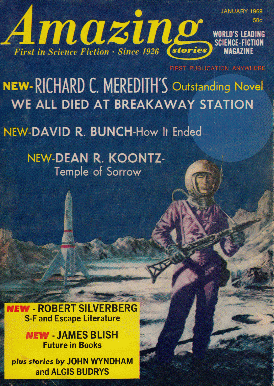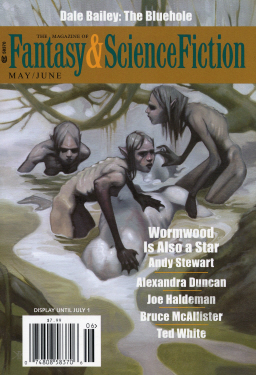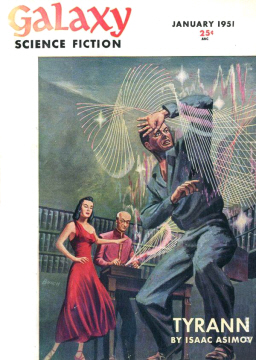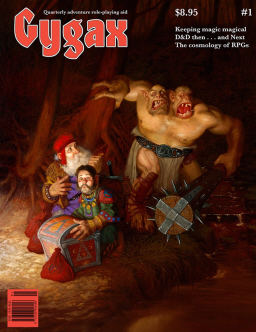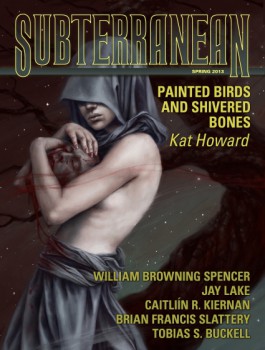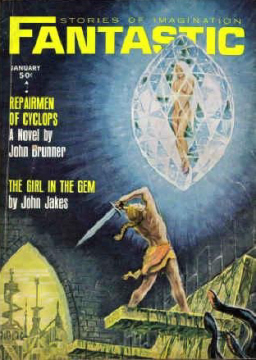Tor.com Reviews First Edition Advanced Dungeons & Dragons
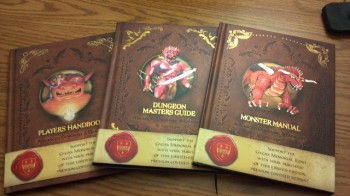 Over at Tor.com, Mordicai Knode has captured a lot of my own thoughts on First Edition Advanced Dungeons and Dragons. Here he is on Gary Gygax’s original Monster Manual:
Over at Tor.com, Mordicai Knode has captured a lot of my own thoughts on First Edition Advanced Dungeons and Dragons. Here he is on Gary Gygax’s original Monster Manual:
Even if you don’t play the game, you can still flip through it and think chimeras and hook horrors and mindflayers are awesome. Which follows through; even if you aren’t going to use any given monster, you can still find them interesting, and who knows, maybe flipping through you’ll find something that inspires you. I’ve built entire adventures, campaign tent poles, around a monster that tickled my fancy… I was very impressed with how closely the 1e Monster Manual adhered to my monster design philosophy: make every monster a mini-game.
Yes — exactly that. Even today, virtually every new adventure I design begins with flipping through MM (or MM II) until I see something that inspires me. These are books I’ve used more or less continuously for three decades. That’s my definition of a classic. The reprints, compliments of Wizards of the Coast, are geared towards the curious, and the exploding population of Old School Renaissance gamers.
Here’s Mordicai on the Dungeon Masters Guide:
The items, frankly, are neat as all get out. There is a good reason that all of the items here have been re-imagined in every subsequent edition — they are fantastic… The section on artifacts is…a mixed bag. First off, the Hand of Vecna! We all agree that the Hand and Eye of Vecna are the best artifacts, right?… While the backstories are wonderful, and I appreciate the impulse to leave artifacts open for DMs to tweak…a blank list of powers is just not helpful. Which is what you get, literal blank lines printed in the book. Come on, at least give a default suggestion!
What he said. Read the complete review here.
We last covered Tor.com with C.S.E. Cooney’s review of Paul Park’s poem Ragnarok.
